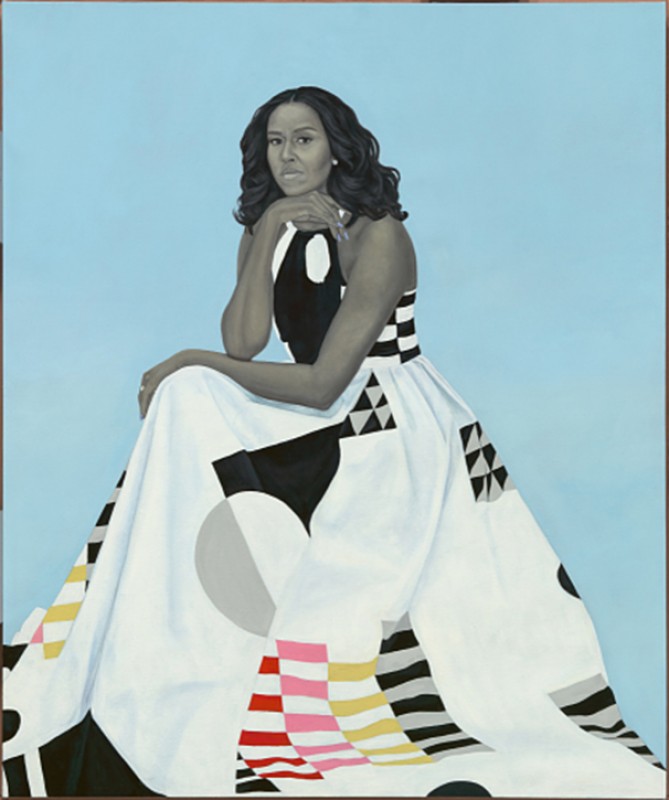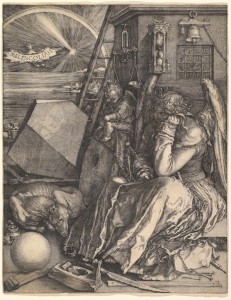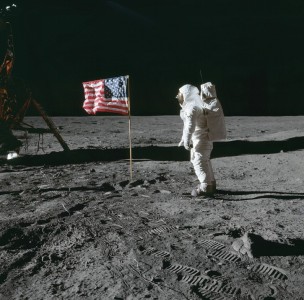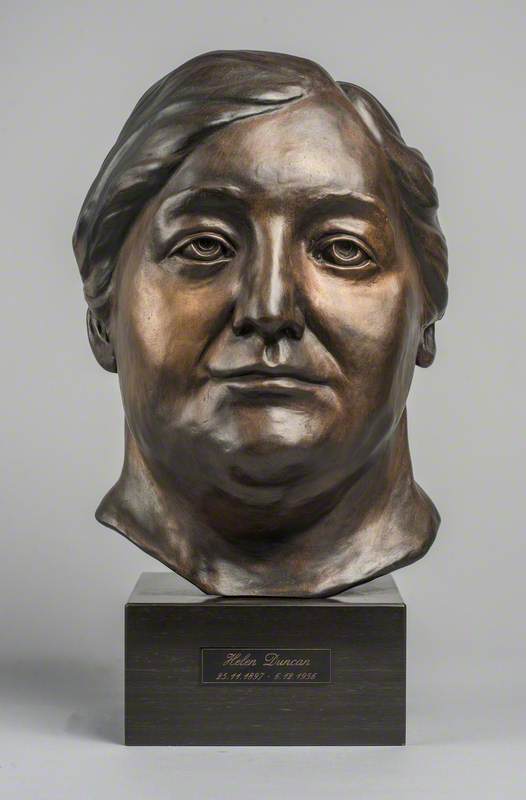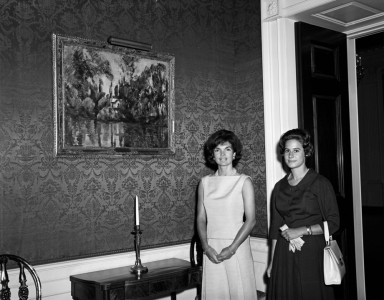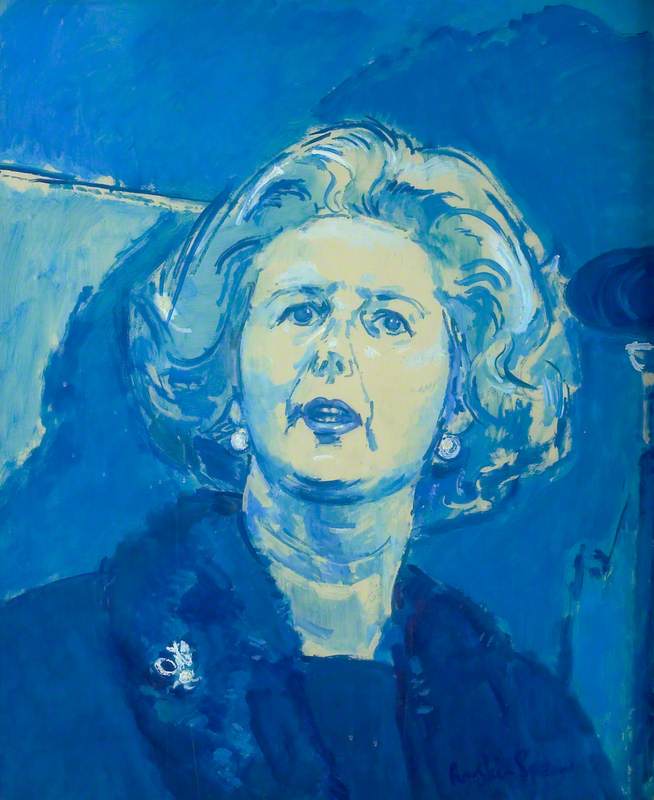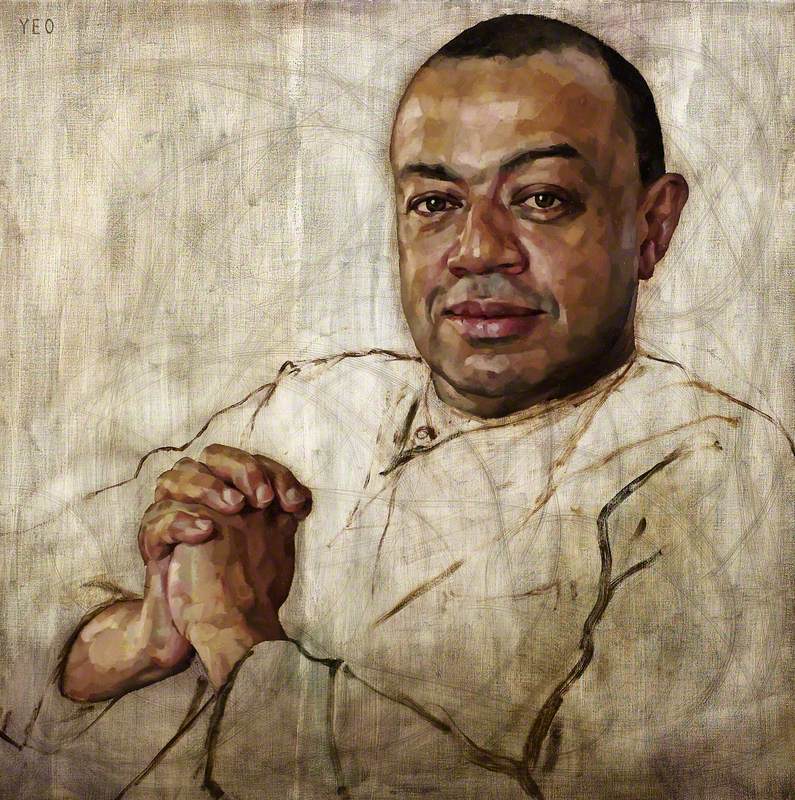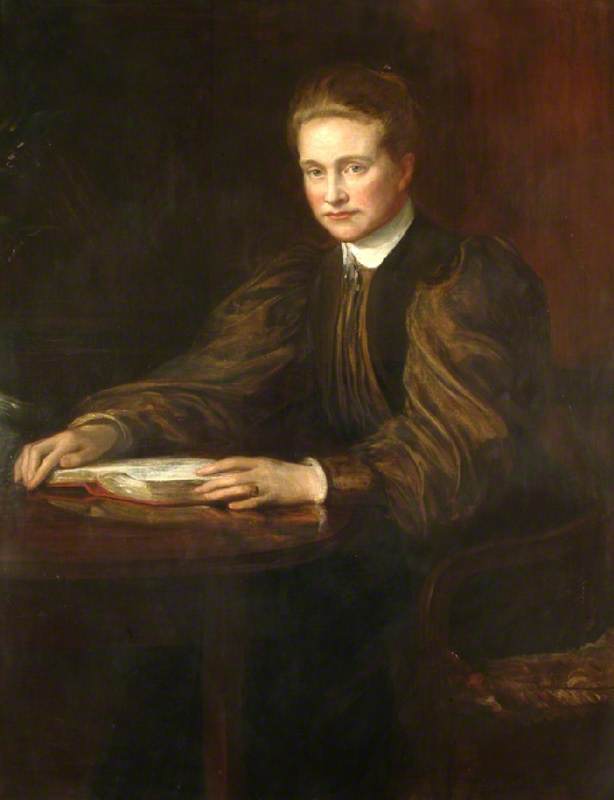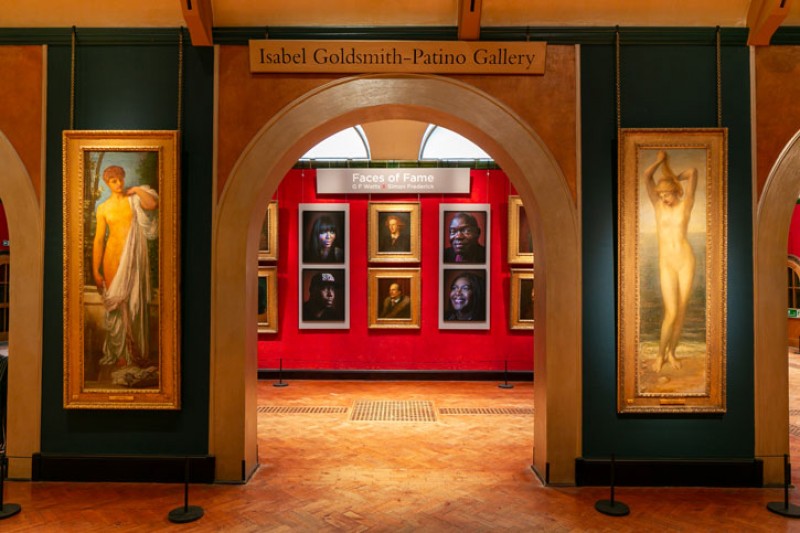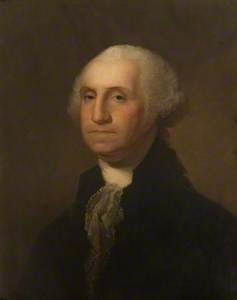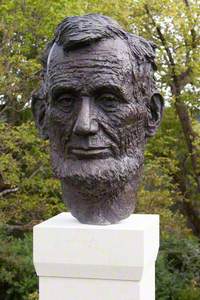Download and subscribe on Apple Podcasts, Stitcher or TuneIn
Art Matters is the podcast that brings together popular culture and art history, hosted by Ferren Gipson.
It's a presidential election year in the United States and that means people in the US and abroad are hearing their fair share about candidates vying for the position of Commander-in-Chief. Several portraits of presidents can be found in UK collections, but the most complete collection of presidential portraits is found in Washington, DC. The National Portrait Gallery, Smithsonian Institution was established during the Kennedy administration through an Act of Congress and opened in 1968. The collection now holds over 200,000 portraits of Americans or portraits by American artists. The gallery displays an increasingly diverse set of stories and images reflecting the lives and interests of the American public. These things evolve over time, and the gallery's current approach to collecting has changed since it first opened.
John F. Kennedy
1963, oil on canvas by Elaine de Kooning (1918–1989) 
'Right from the very beginning, we have had to battle on two different fronts. One is the genre of portraiture which, certainly [in America] favoured those who could vote – white men who owned land. Which means that less than 25% of the collection are women,' says Kim Sajet, Director of the National Portrait Gallery in Washington, DC, Smithsonian Institution. 'It also is facing the question of who gets to be important or [what is] a national contribution, and up until 2001 you had to be dead before you'd be considered for admittance into the collection.'
There is room for debate around what qualifies a person to have a portrait in the National Portrait Gallery's collection, but right from its early days, the idea was to represent the presidents within this gallery of influential Americans. In fact, the only people that are automatically added into the collections without question are presidents and first ladies; their portraits are added after the president leaves office. These artworks are important and, as such, the commissioning process requires a lot of thought. It has sometimes been the case that the first couple has not begun to think about this task until after the president has left office.
Lyndon B. Johnson
1967, oil on canvas by Peter Hurd (1904–1984) 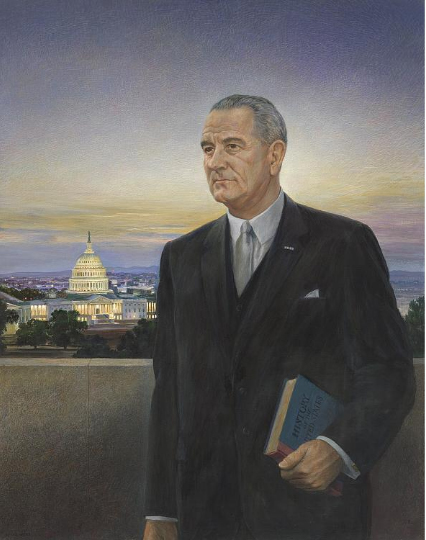
'We work very closely with the White House to do four different portraits, and that is the only other place that has a complete set of presidents,' says Kim. 'We think about a whole group of artists that might be interesting to the first couple and we send examples ... We have a dialogue together with the White House staff about who they would be interested in thinking about.'
Even with such a considered process, not every president had liked their portrait. In fact, Lyndon B. Johnson famously wasn't happy with his portrait by Peter Hurd, even though Johnson had portraits done by the artist in the past.
George Washington (1732–1799), The Athenaeum
(Shippen Portrait)
Gilbert Stuart (1755–1828) 
Amongst their collection of presidential portraits is one of George Washington by Gilbert Stuart called the 'Athenaeum Portrait'. The version belonging to the National Portrait Gallery, Smithsonian Institution is unfinished, but a completed version by Stuart can be found in the Sulgrave Manor collection in the UK. Stuart was a noted portraitist in the eighteenth and early nineteenth centuries, painting several leading political figures. The 'Athenaeum Portrait' depicts a stoic 65-year-old Washington in the final year of his presidency. Stuart used the original unfinished portrait as a model to make copies after Washington's death in 1799 – 60 of which survive today. Stuart charged $100 per portrait and ironically referred to them as 'hundred-dollar bills'. In 1869, the portrait would, in fact, be used to create an engraving for the portrait on the one-dollar bill.
George Washington (Lansdowne Portrait)
1796, oil on canvas by Gilbert Stuart (1755–1828) 
The Smithsonian has another iconic portrait of Washington by Stuart known as the 'Lansdowne Portrait'. It has several interesting connections to the UK, including the fact that there's a copy of this work by a later artist in the National Portrait Gallery, London collection. The items around the space in which Washington is standing each carry meaning; the eagle on the table is America's national bird and the Declaration of Independence and Constitution are on the floor near his feet. There are two large pillars with drapery behind him, and through an opening, a rainbow is visible outside, which is a reference to the rainbow sign God gives Noah in the Bible. The inkwell on the table in the shape of an arc reinforces this reference. Noah sent a dove to find land and he returned with a branch. The quill on Washington's desk represents the idea of this new promised land.
'Keeping in mind that [America] was not virgin land – it was already very well-settled by Native Americans,' says Kim. 'This idea [was] that the European God, the Christian God had blessed the early colonists just as He had blessed Noah and his family.'
George III (1738–1820), Reigned 1760–1820
c.1763
Allan Ramsay (1713–1784) (studio of) 
The painting is based on a composition by Allan Ramsay of George III, who was detested by the colonialists at this time. In contrast to the decadent and expensive clothing of the king, Washington is dressed humbly. Around George III are symbols of his position as king, and around Washington are the symbols of democracy. The 'Lansdowne Portrait' is so named because it was painted for the Earl of Lansdowne, who was Prime Minister at the time when the United States established independence. It was given at a time when the US was trying to facilitate a trade agreement with Britain.
General Dwight D. Eisenhower (1890–1969)
1943
Henry Marvell Carr (1894–1970) 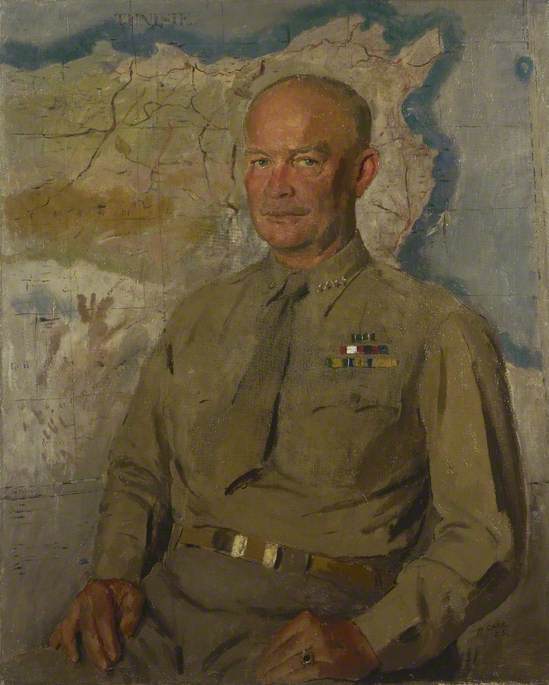
Dwight D. Eisenhower
1947, oil on canvas by Thomas Edgar Stephens (1886–1966) 
Moving into the modern era, we have another famous general who would go on to be president. Before leading on the Normandy invasion in the Second World War and commanding the Allied Forces in Europe, Dwight D. Eisenhower directed troops in invasions of North Africa and Italy. A portrait of him in the Imperial War Museum collection by Henry Marvell Carr shows him in uniform seated in front of a map of Tunisia. He's slightly rotated in his chair as he looks out at the viewer with a piercing stare. The National Portrait Gallery in Washington, DC shows a similar portrayal of Eisenhower in their presidential portrait.
President Barack Obama
2018, oil on canvas by Kehinde Wiley (b.1977) 
In recent years, two portraits that got many people talking were those of Barack and Michelle Obama. The stunning, graphic quality of each image immediately distinguishes them from other portrait styles in the presidential gallery and offers a fresh, contemporary approach. Though the image may initially seem to some as a departure from traditional portraits, Wiley did thorough research into other presidential portraits and his depiction of Obama is firmly rooted in art history. Kim notices the influence of a couple of portraits in particular. The first is a seated portrait of Lincoln by George Peter Alexander Healy in which the president is also seated in a wooden chair wearing a suit and white shirt.
'We know that Barack Obama very much admired Lincoln. In fact, when he announced his presidency it was in Springfield, Illinois, the hometown of Lincoln. He swore in at the inauguration on the Lincoln Bible and the unveiling of our portrait in the gallery was on Lincoln's birthday,' says Kim.
Abraham Lincoln
1887, oil on canvas by George Peter Alexander Healy (1813–1894) 
Kim sees other potential influences for Obama's portrait in Elaine de Kooning's painting of John F. Kennedy and Robert Anderson's portrait of George W. Bush. Other meaningful connections can be found in the flowers in the background, which serve a biographical function. The chrysanthemums are the official flower of Chicago, the jasmine is representative of Hawaii, and the African blue lilies are symbolic of his father, who was from Kenya.
Before Kim and I finished our conversation, I asked for her thoughts on why she thinks portraits like these hold continued importance in society and culture. 'We all get so caught up with what's happening at this moment. Whether you agree or disagree with what's happening politically, everyone has an opinion,' says Kim. 'When you come into the galleries and you realise all the different challenges and all the different leadership styles of the different presidents, you get a bit more perspective that things warp and weft and change and flex, and we'll change with it.'
This is a two-part episode with much more information than could go into this written story – be sure to listen on Apple Podcasts or in the above player. You can also listen to the National Portrait Gallery, Smithsonian Institution's podcast Portraits to hear even more interesting stories about the people and images in their collection.
Listen to our other Art Matters podcast episodes


